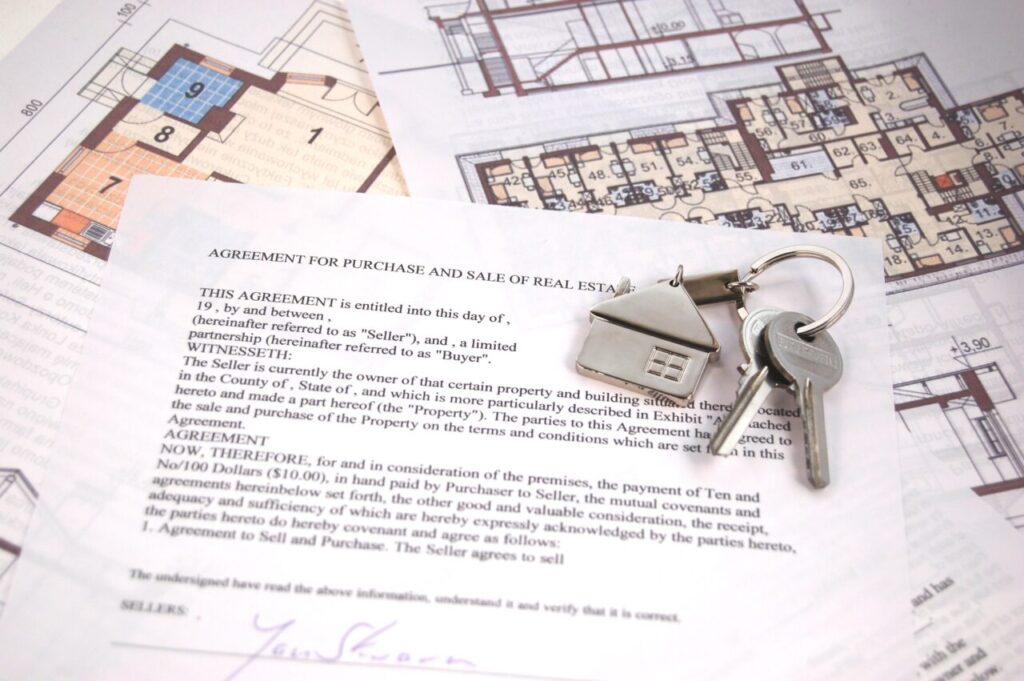The financial market constantly fluctuates, making the “rules” for how Americans should spend their money wisely change as well. When you’re planning to make a significant investment like buying a home, you must have a plan for saving enough money to cover a down payment, moving costs, closing costs, and all the minor emergency repairs that come with moving into a new home. The sooner you start implementing a strategy, the better off you’ll be. But if you’re not sure where to start, we’re here to help. Here are three key areas where you should put your discretionary income to ensure homeownership is in your near future.
What is discretionary income?
Discretionary income is simply the money that’s leftover once your bills and essentials (such as groceries) are paid. Any bills or obligations that are required for you to maintain your current quality of life are considered “essential”. These bills shouldn’t be counted when determining how much discretionary income you have.
Where to put your discretionary income for optimal results when saving for a home
Get rid of your debt
Improving your credit score is the easiest way to ensure you’re approved for a mortgage. The two most significant factors that affect your credit score are the number of late payments made and your credit utilization rate. By reducing your overall debt load, you’ll notice a significant impact on your credit score, making you eligible for more competitive mortgage rates.
Start planning how you’ll pay off your debt as quickly as possible by using a loan payoff calculator that gives you actionable strategies for reducing your debt load. Then start throwing as much money as possible at your debt every month until you’re ready to apply for your mortgage and make an offer on a house.
Put your money in higher-earning investments
Any “extra” money should be put to work, so to speak, by earning you more money. Rather than having your discretionary income sit in a checking account, move it to something that earns higher interest, like a CD or money market account. You can also put it into stocks or mutual funds, but those typically come with higher risk and might affect your tax rate due to capital gains.
If you decide to use a Certificate of Deposit (CD) for your temporary investment, research first to find a short-term CD with a higher interest rate than your current savings accounts and has either a fast maturation date or a low penalty for early withdrawal.
Build your emergency savings
When planning to buy a home, be sure you don’t neglect your emergency savings! Have at least six months’ worth of your bills saved away to help you navigate those sudden expenses that come along with moving into a new home like buying paint, paying movers, putting down earnest money (the money provided before you close on a house), or an emergency call to the plumber or electrician.
The bottom line
If homeownership is in your near future then you need to plan your finances strategically to ensure you have a competitive mortgage rate and enough money for all the extra costs. Use these three critical categories as a way to plan your budget to be as effective as possible for reaching your homeownership goal quickly.
6 Home Finances You Should Be Tracking



